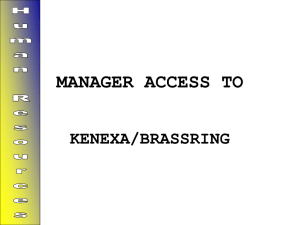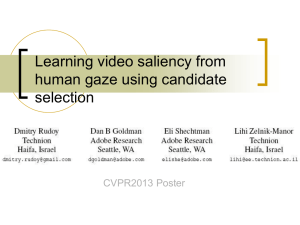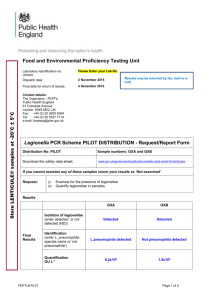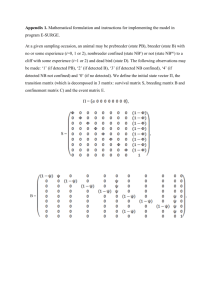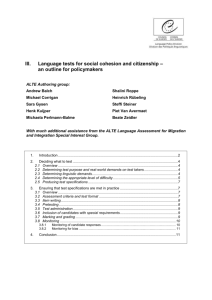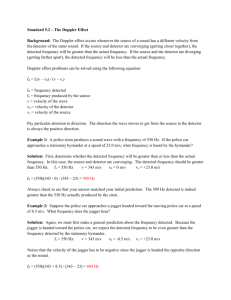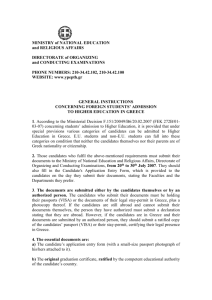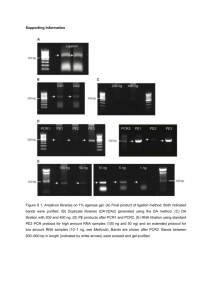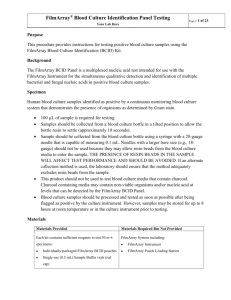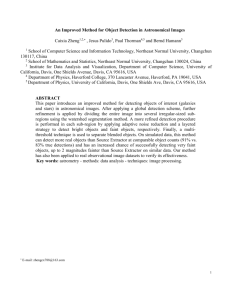Traffic Signal Detection
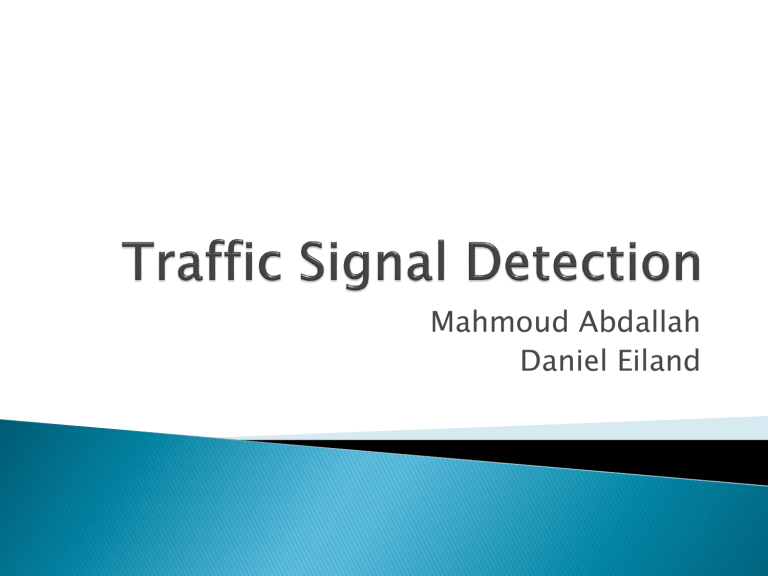
Mahmoud Abdallah
Daniel Eiland
The detection of traffic signals within a moving video is problematic due to issues caused by:
• Low-light, Day and Night situations
• Inter/Intra-frame motion
• Similar light sources (such as tail lights)
These can to lead to both the detection of false signals and the inability to detect actual signals.
To deal with (some of) these issues, we have developed the following 3-step algorithm:
High-level processing flow
Given an input frame, the detection process begins with the extraction of candidate signals.
This is a three stage process that consists of:
• Pixel Extraction – Identification of possible signal pixels based on RGB color
• Clustering – Grouping of extracted pixels based on connectivity
• Filtration – Removal of non-signal clusters based on
Size – Clusters must consist of an adequate number of pixels to be considered a candidate signal
Shape – Clusters must pass a circularity measure to be considered a candidate signal
Input Frame
Candidate Pixels
Grouped Pixels
Candidates After Size / Shape
Filter
Once the set of candidate signals have been selected, they are classified to groups based on their relation to previously detected signals.
Candidates located near a previously detected candidate are classified as the “same” signal.
While those that cannot be mapped are classified as “new” signals and are placed into their own group.
The final processing step involves the removal of candidates that have a low detection rate; that is signals which are not detected consistently are flagged as a false-positives.
This step also emulates candidates that may not have been detected in the current frame but have been detected in previous frames.
To create emulated candidates in the proper location, the estimated motion of the signal is derived using previously detected candidates.
Detected Signals
•
•
•
Additional candidate filtration metrics
• “Arrow” shape detection (lack of resolution)
• Neighborhood consistency: adjacent area should be dark
Signal type classification
• Improve color model (HSV / HSI) to improve detection rate and allow better classification of signal color (Red,
Green, Amber)
Priority classification
• Detect signal that should be “followed”
o
Park, J. and Chang-sung, J., “Real-time Signal
Light Detection”; International Journal for Signal
Processing, Image Processing and Pattern
Recognition; June 2009; Vol. 2, No. 2; http://www.sersc.org/journals/IJSIP/vol2_no2/1.
pdf o
Chung, Y., Wang, J. and Sei-Wang, C., “A Vision-
Based Traffic Light Detection System at
Intersections”; Journal of Taiwan Normal
University: Mathematics, Science & Technology;
2002; Vol. 47; http://wjm.tyai.tyc.edu.tw/~jmwang/paper/prod uct/mst471-4.pdf
